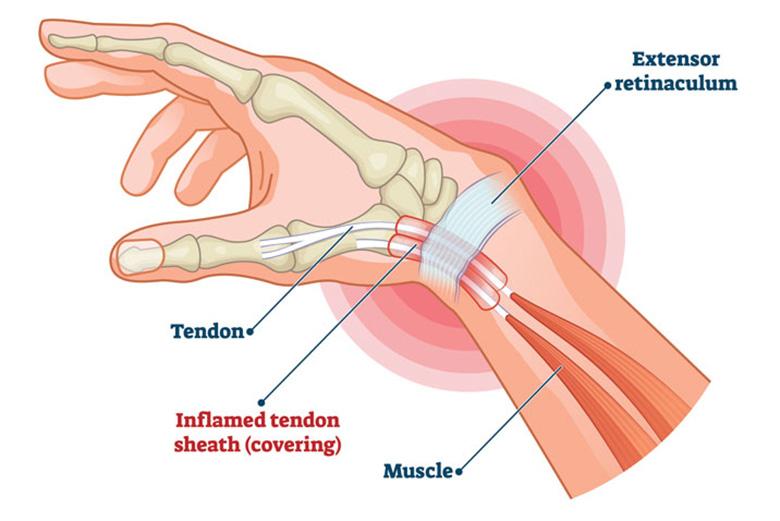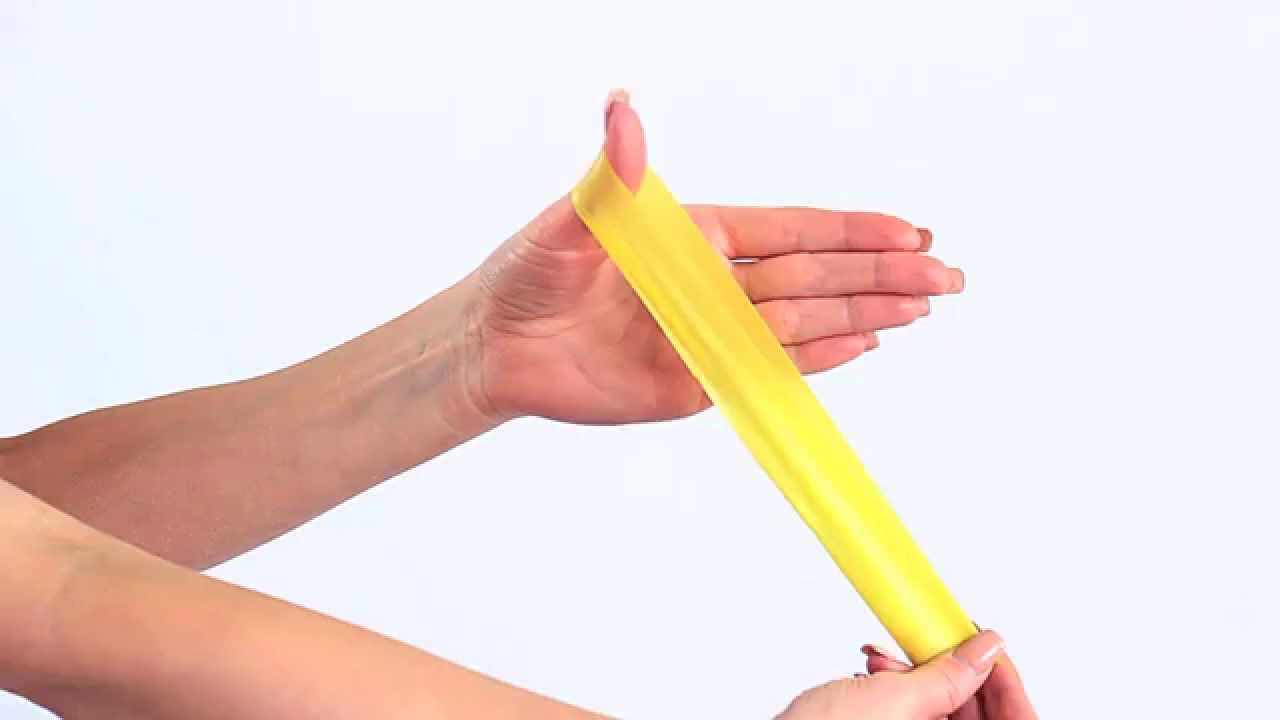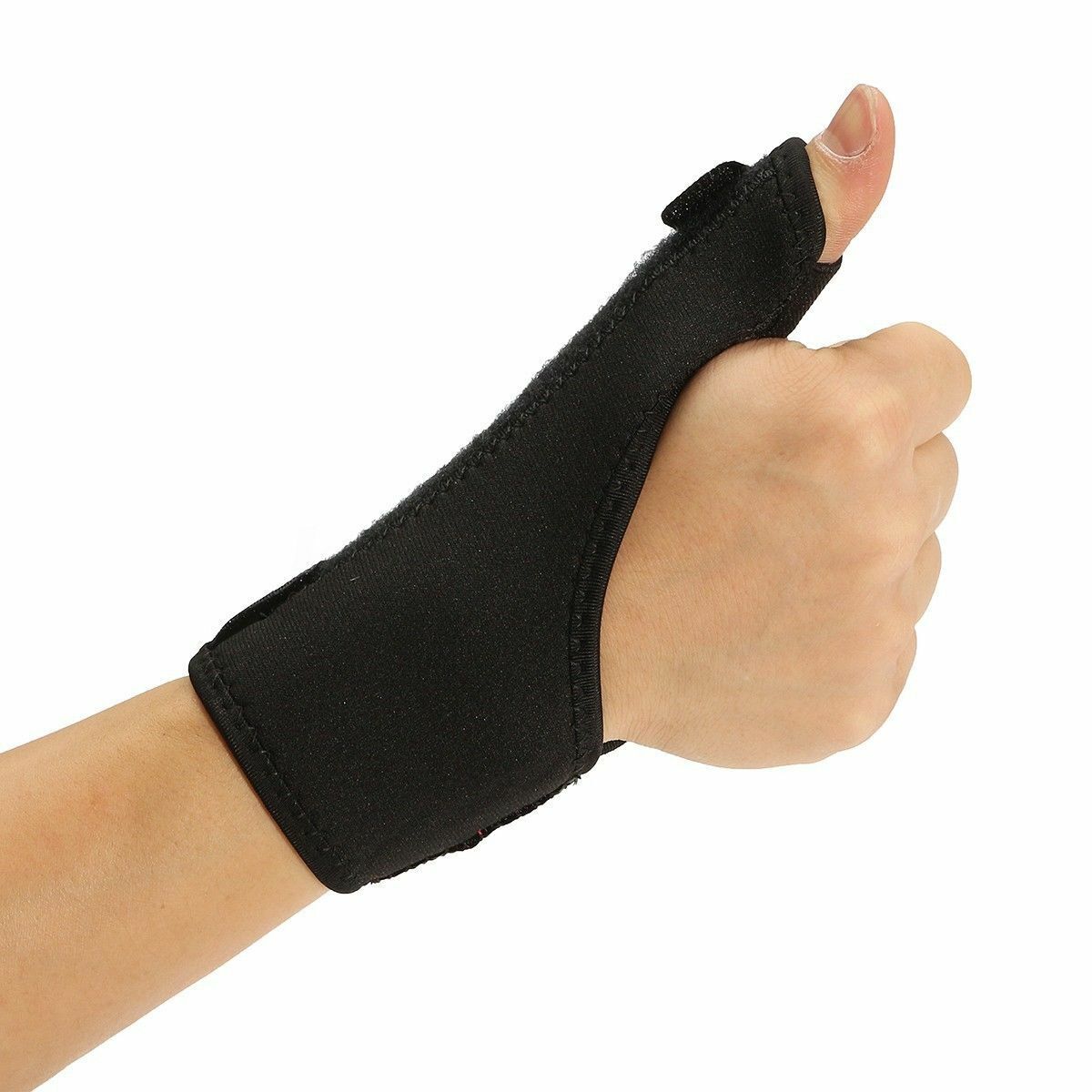What is Mommy Thumb?
|
 |
|
De Quervain's syndrome, also known as "Mommy's Thumb," is a painful condition causing pain and tenderness at the base of the thumb and along the thumb side of the wrist. It is due to inflammation of the tendons around the thumb, causing swelling in the tendon sheath, and lead to pain. Anyone can develop this syndrome, though women are afflicted with the condition 8 to 10 times more often than men. It occurs most often in people between the ages of 30 and 50. |
|
| |
| What Causes De Quervain Syndrome? |
What is the Signs and Symptoms? |
- Repetitive hand or wrist movements (e.g., texting, gaming, typing, or lifting)
- Parenting tasks like lifting, feeding, or holding your baby
- Sports activities (e.g., golf, racket sports)
- Pregnancy (possibly due to hormonal changes and fluid retention)
- Rheumatoid arthritis or other inflammatory conditions
|
- Pain near the base of the thumb, which may radiate up the forearm
- Swelling over the wrist near the thumb
- Difficulty gripping or pinching
- A "clicking" or "snapping" feeling when moving the thumb
- Tenderness when pressure is applied to the tendons
- Pain that worsens with lifting, especially picking up your baby
|
|
| |
| |
Treatment Option for Conservative Treatment
|
 |
| Physiotherapy |
 |
| Physiotherapy plays a vital role in both the pain management and long-term recovery. It not only helps reduce pain and inflammation, but also addresses the underlying biomechanical issues—such as poor wrist posture, muscle imbalances, and repetitive strain—that contribute to the condition. Therapy may include modalities, TENS, ultrasound, manual therapy, hot/cold therapy, stretching exercise, strengthening exercise, taping, etc. |
|
| Splinting |
 |
| A thumb spica splint is often recommended to immobilize the wrist and thumb, giving the inflamed tendons time to rest and heal. The splint can be worn during the day, at night, or during activities that trigger pain. |
|
 |
 |
| Corticosteroid injection |
 |
| For persistent pain, a corticosteroid injection directly into the tendon sheath can provide significant relief. These injections reduce inflammation and are often effective after just one dose. |
|
|
| |
Treatment Option for Surgical Treatment
|
.jpg) |
| Surgery |
 |
| Surgery is considered only in rare or chronic cases where conservative treatments have failed to provide relief. The procedure involves a small incision to release the tight tendon sheath, allowing the tendons to glide more freely. |
|
|
| |
Prepared By:
Ju Kah Yee
Physiotherapist Supervisor
Trust Physiotherapy Centre (Mount Austin Branch) |
|